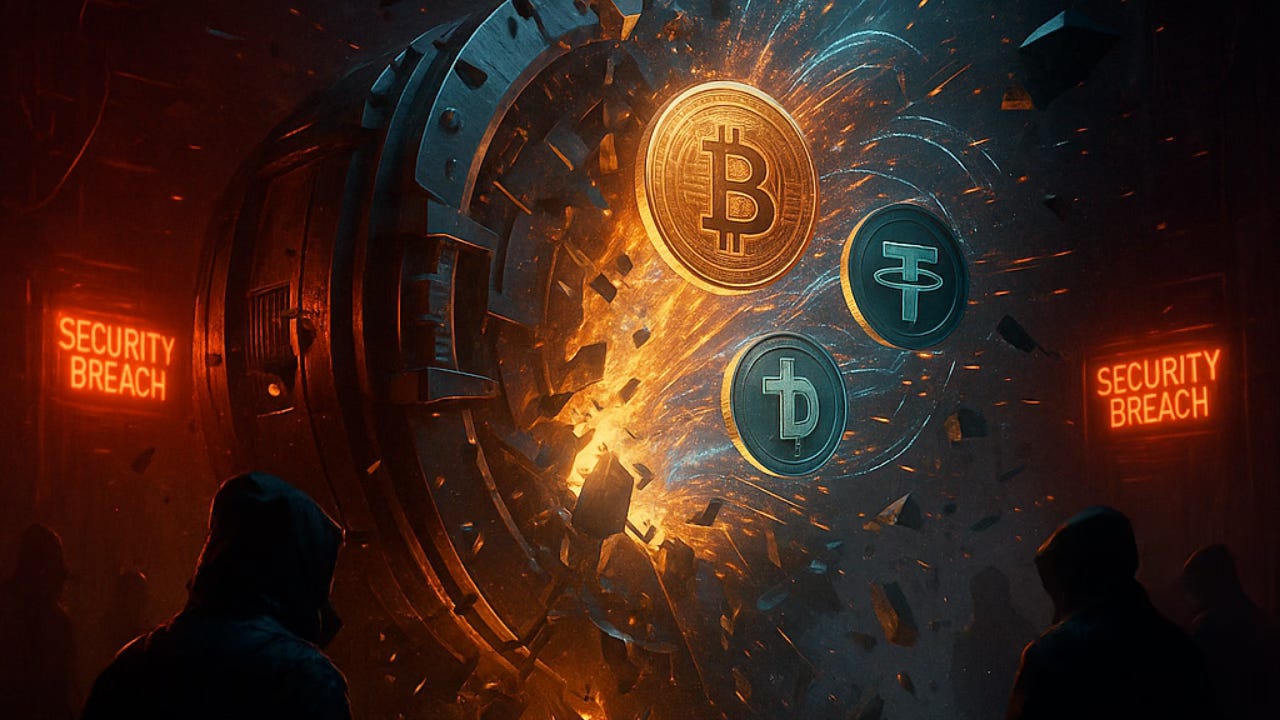Hello Solidity warriors 👋,
If you thought 2024 was rough for crypto security, buckle up — 2025 has been a nightmare. Over $3.5 billion lost to hacks and exploits in just the first half of the year. That’s a 96% jump over last year’s losses. 😱
Here’s the deep dive on what went wrong, why, and crucial lessons every Solidity dev and DeFi architect must learn.
What’s new in 2025 hacks?
The attack vectors shifted dramatically:
Access control failures and operational breaches are now the primary targets, not just smart contract bugs.
Centralized exchanges and bridge protocols bore 75% of total losses.
Social engineering and multisig wallet compromises are devastating even the most “secure” setups.
Detection times improved slightly (average 2.8 days), but attackers outpaced defenses with scale and sophistication.
Top Hacks Breakdown — What Solidity Devs Must Know
1️⃣ The Bybit $1.46B Multisig Hack
Attack: Social engineering targeted multisig key holders.
Result: Hackers got 3 of 5 signatures, bypassing code security completely.
Key takeaway: Multisig wallets are only as strong as your human ops.
Solidity audit ≠ operational security. Protect your team with hardware wallets and rigorous training.
2️⃣ Cetus Protocol Logic Flaw — $223M Lost
Attack: Reward distribution function didn’t validate token legitimacy.
Result: Attacker minted unlimited rewards with fake tokens.
Lesson: Validate all inputs, especially in reward and token minting logic.
Solidity devs: test edge cases extensively — no shortcut for input validation.
3️⃣ Cork Protocol Input Validation Failure — $12M Damage
Attack: Malicious proxy contract bypassed hook validation, tricking collateral logic.
Result: Fake tokens redeemed for real assets.
Lesson: Audit all custom logic (hooks, proxy contracts) thoroughly. Beware “out of scope” audit gaps.
4️⃣ Chainge Finance’s Slow-Motion Exit Scam — $65M
Attack: Withdrawal delays masked ongoing fund drain.
Result: Users trapped funds over months.
Lesson: Watch your team’s history & project transparency.
Solidity devs: design protocols with fail-safes for withdrawal and emergency pausing.
What This Means for Solidity Developers
✅ Multisig wallets are powerful but don’t ignore the human factor — hardware signers, multi-person reviews, and phishing awareness are essential.
✅ Input validation and reward logic must be airtight. Don’t trust user inputs or external tokens blindly.
✅ Comprehensive audits are vital, but audits alone don’t guarantee safety. Follow through on remediation and audit scopes.
✅ Be vigilant on operational security and team integrity. Your code isn’t just on-chain; your people are your front line.
Closing Thoughts
2025 has been brutal, but it’s also a wake-up call for everyone in the Solidity ecosystem. We can’t just write smart contracts and hope for the best. Security is holistic — it starts with clean code and ends with solid ops.
If you want to build protocols that last, learn from these incidents, test harder, and never underestimate the human factor.
Until next time, keep your keys safe and your code safer! 🔐
— The Solidity101 Team
If you enjoyed this deep dive, please share with your network and help spread security awareness.


